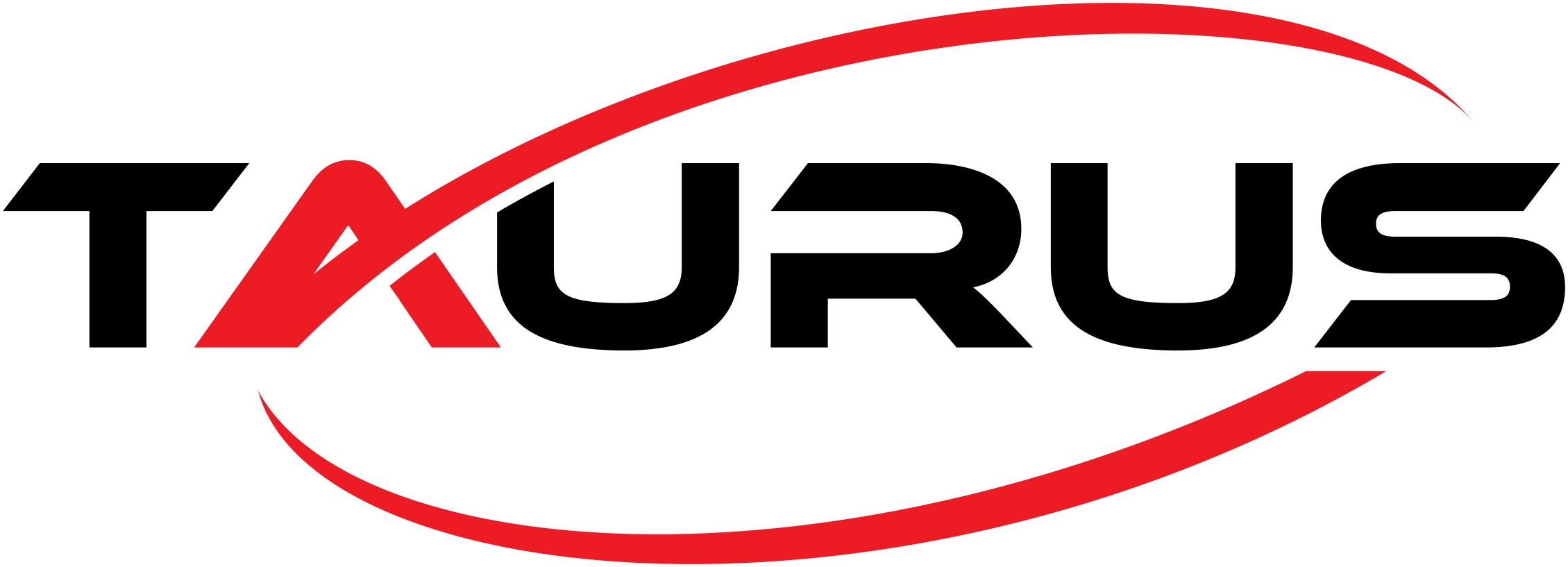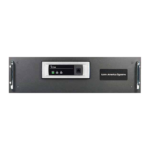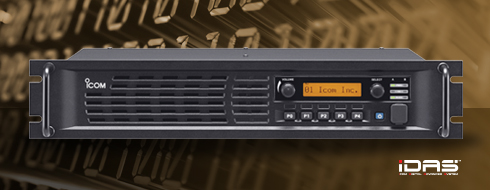All-in-One, Plug and Play IDAS™ Digital + Analog Repeater
The CY series is an all in one, plug and play digital and analog base station repeater. The CY has a robust and rack mountable chassis, auto battery backup, and it utilizes the IDAS UR repeater module, making it ready for everyday communications at full power.
Options with the Trunking Network Controller Board
The CY offers multiple configurations when adding the UC-FR5000 trunking and network controller board. These configurations are ideal for industries such as education, healthcare, hospitality, transportation and logistics, utilities, construction, oil and mining.
Single Site Trunking
Installing and programming a UC Board into the CY repeater can transform the CY from a conventional repeater into a trunked repeater system for a single site. Any IDAS subscriber digital radios are ready to operate on conventional or trunked digital radios for easy configuration choice. Single Site Trunking is ideal for a large area of operation with multiple groups and users.
Multisite Conventional
Inserting the CF-FR5000 02 card into the UC board, the UC and repeaters increase their capabilities to include multisite conventional operation. Multisite conventional systems connect conventional repeaters using an IP network to merge geographically distributed repeaters and operate them as one, or allow UHF and VHF repeaters to share traffic in a crossover configuration. This is ideal for operations that can merge multiple talk sites into one. Industries such as construction, mining, education, transportation and logistics would benefit.
Multisite conventional systems are possible with IDAS LINQ. Choose from the following configurations: LINQREPEAT, LINQREPEAT+, LINQVOTE, and LINQVOTE+.
LINQ Repeat – multicast repeaters
Two or more conventional repeater connect via an IP network to create a multicast system that expands the coverage beyond a single repeater. In this case, the mobile subscriber radio transmits its uplink to the green repeater. The green repeater transmits the downlink on its own frequency while sending the signal to the orange and blue repeaters over IP. Those repeaters transmit their downlink on their unique frequencies thus ensuring the signal reaches all subscriber radios in the system.
LINQ Repeat+ – multicast repeaters with subscriber voting
An optional configuration of LINQ Repeat with the added function of subscriber voting and signal beaconing. In this case, the mobile subscriber radio and repeaters function just as the LINQ Repeat system would where a mobile subscriber radio passes traffic through a repeater to other subscribers in the system. In the background, subscriber voting and beaconing enable the mobile subscriber to listen for the beacon from each repeater to determine which has the strongest signal. Once determined, the mobile subscriber radio switches to that channel for traffic uplink/downlink transmissions. The mobile subscriber radio ignores the downlinks from other repeaters while continuing to listen for the beacons.
LINQ Vote – single repeater with system receive voting
One transmitting repeater and two or more receive-only repeaters (voting receivers) make up LINQ Vote. LINQ Vote is useful when mobile or portable radio uplinks cannot reach back to the transmitter/repeater, but the transmitter downlink can reach the desired coverage area. In this case, there are two voting receivers and the mobile subscriber radio uplink signals. The voting receivers send the signals over IP to the transmitter and selects the strongest signal to transmit in the downlink.
LINQ Vote+ – multicast repeaters with system receive voting and subscriber voting
This system has at least two transmitters and two voting receivers with the addition of subscriber voting and beaconing. In this case, there are two transmitters and three receivers. Two of the receivers sense the mobile subscriber radio uplink signal which they send over IP to the two transmitters. Each transmitter selects the strongest signal to transmit as downlink. In the background, the mobile subscriber radio listens for the beacon to select the transmitter with the strongest downlink as its uplink channel.
LINQ Simulcast – simulcast repeaters with signal comparator voting
Two or more repeaters operate on the same downlink and uplink frequency pair make up a simulcast system. No system voting or subscriber voting is necessary. In this case, the mobile subscriber radio sends traffic over a common uplink frequency to any repeater within range. Each repeater sends its uplink traffic to the central comparator to select the strongest signal. With the aid of GPS and NTP timing synchronization, the comparator sends the traffic signal and timing information to each transmitter for downlink at a specific time to ensure good performance in the overlap areas.
Multisite Conventional Voting
The UC and CF-FR5000 02 card in a CY can be configured to a voting receiver, which is best for radios that cannot reach transmitters in areas of poor coverage. Once a signal is received at the voter, it is then transferred via IP to the repeater which then transmits the strongest signal. Voting allows the extension of indoor or underground communication which would benefit industries such as education, healthcare and hospitality.
MultiTrunk
The CY can be built to a 48-site, 30 channels per site trunked system that are linked via IP. Users have the ability to roam between sites and the administration of users into fleets of users. To unlock these capabilities, install the variant CF-FR5000MT card onto the UC slot. This is ideal for operations with multiple talk sites and fleets such as construction, mining, education, transportation and logistics.

No Control Channels
All channels are available for both voice and data. Load more subscriber units onto your system.
Seamless Roaming
Turn on the radio and drive. No channel changing required. MultiTrunk allows plenty of coverage area. Coverage varies, depending upon system design.
Local, Regional or National
Sites can be adjacent to create a large regional trunked system or separated by great distances for operations that are large and geographically dispersed.
Local, Regional or National
Connect a high number of users within the confines of a tall building or large campus.








Reviews
There are no reviews yet.